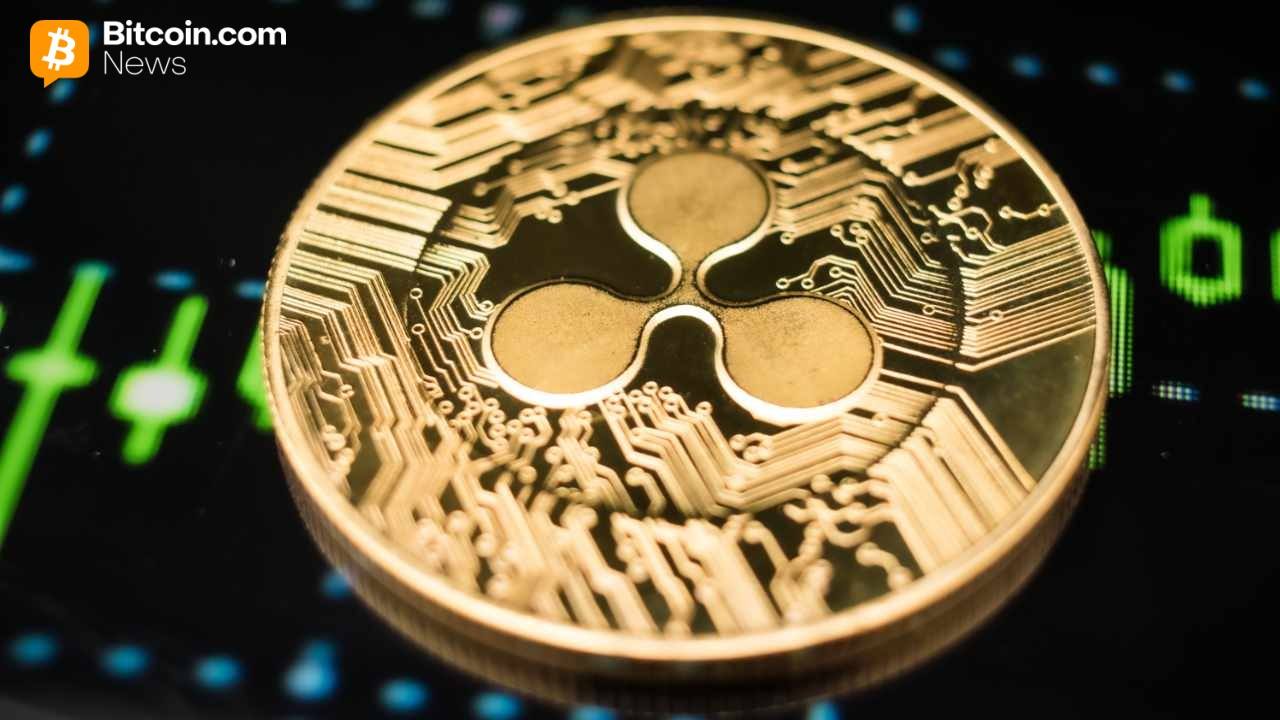Ripple to Expand Services In Japan: What Does This Mean for XRP? AllinCrypto August 26, 2025
Ripple (XRP) long positioned itself as a bridge between traditional finance and the now emerging future of finance led by blockchain technology.
With a focus on compliance and efficiency, Ripple has become a trusted partner for banks and financial institutions worldwide.
With its suite of solutions, including payments, custody, and stablecoins, Ripple aims to streamline global finance while maintaining regulatory standards that institutions need. Let’s take a look at a recent finanical collaboration between SBI and Ripple.
Ripple’s Institutional Partnerships
Ripple has a strong relationship with established financial institutions and banking groups. Unlike crypto projects that target retail, Ripple has designed its solutions specifically for banks, payment providers, and enterprise clients.
Its infrastructure leverages the XRP Ledger and XRP token for fast, low-cost, and highly scalable transactions. This allows financial institutions to settle transactions in real-time, drastically reducing waiting times drastically alongside operational costs.
Ripple RLUSD and the Japanese Market
A recent example of Ripple’s institutional focus is its partnership with SBI VC Trade in Japan. This new collaboration centers around RLUSD, Ripple’s stablecoin designed for institutional use cases.

From SBI VC Trade CEO Tomohiko Kondo:
“SBI Group has been leading the development of the cryptocurrency and blockchain field in Japan. Our company has been the first to obtain the Electronic Payment Instrument Exchange Service Provider License in Japan, and have started handling stablecoins. The introduction of RLUSD will not just expand the option of stablecoins in the Japanese market, but is a major step forward in the reliability and convenience of stablecoins in the Japanese market, and an important step in further accelerating the convergence of finance and digital technology.”
From Jack McDonald, Ripple’s Senior Vice President of Stablecoins:
“Our partnership with SBI has always been about more than just technology; it’s about building a trusted and compliant financial future.”
RLUSD’s deployment through SBI VC Trade is set to take place within Q1 2026, offering Japanese institutions access to a compliant crypto asset for payments, remittances, and settlements. The collaboration also highlights how Ripple is bringing its technology into practical solutions for large-scale finance.

For XRP and the XRP Ledger, exposure to RLUSD may lead firms to the Ledger and its native token. By the end of 2025, we will get news on the possible approval of Spot XRP ETFs.
It’s safe to assume that firms willing to work with Ripple now will likely adopt XRP for use cases in the near future when the time is right.
Bridging Traditional and Decentralized Finance with RLUSD
Ripple’s work with SBI showcases a core principle of its goal by building bridges between traditional finance and decentralized financial systems. RLUSD serves as a reliable bridge, allowing banks and enterprises to participate in the crypto/digital economy while remaining compliant with regulatory frameworks.

Through partnerships like this, Ripple is able to expand the utility of stablecoins, enabling banks to offer faster, more secure, and lower-cost services to clients. It also sets a benchmark for other financial institutions seeking to integrate digital assets into their platforms.
Institutional Direction of Ripple
Ripple’s infrastructure and technology are tailored to the needs of banks and institutional players. After all, the XRP Ledger was designed for adoption by firms. By integrating with partners like SBI, Ripple clearly has the ability to offer its solutions to real-world financial ecosystems.
The crypto firm’s ongoing collaborations reinforce its position as a leader in blockchain adoption. By providing secure, compliant, and efficient platforms for stablecoins, Ripple not only supports banks in modernizing their operations but also strengthens the broader digital asset ecosystem, which is slowly emerging as a serious one.
Looking Ahead with XRP ETFs
It seems Ripple’s new partnership with SBI highlights Ripple’s strategy of engagement with regulated financial entities. With RLUSD set to enter the Japanese market in 2026, Ripple is showing how stablecoins can be integrated into traditional banking systems without compromising on compliance.
For banks and financial institutions, Ripple offers a pathway to adopt blockchain technology at scale. Before 2026, Spot XRP ETFs are due to be approved by the SEC in late 2025; if given the go-ahead, Ripple’s XRP token and Ledger may see an unprecedented surge in banking adoption.
The post Ripple to Expand Services In Japan: What Does This Mean for XRP? first appeared on AllinCrypto.







